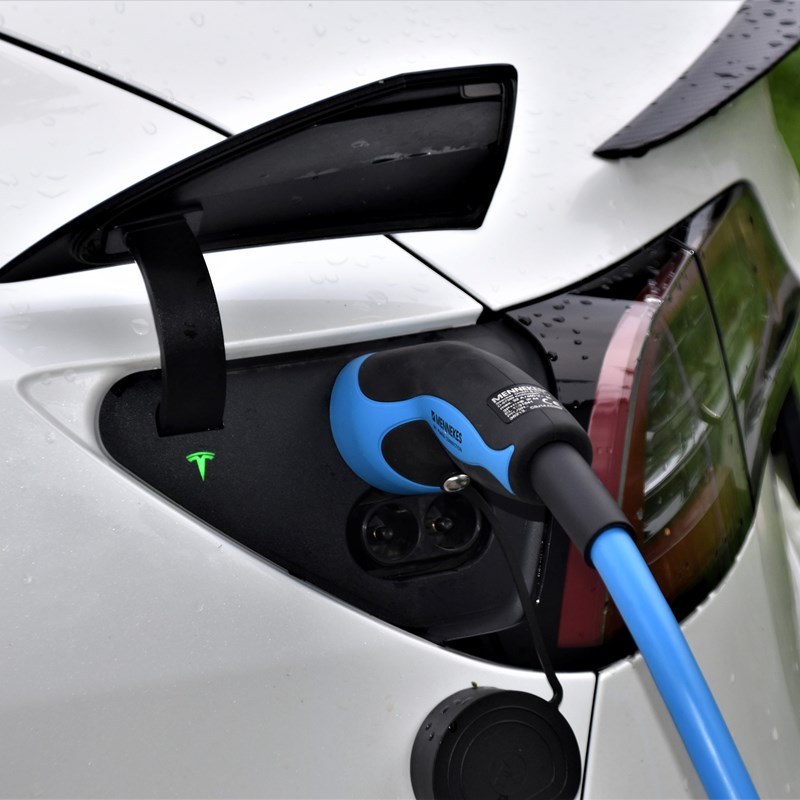
If you are a regular reader of our blog, you will be familiar with micro-mobility and electric vehicles (EVs). We have covered e-scooters, e-bikes and speculated over what type of vehicles will drive the streets of tomorrow’s smart cities. No matter how easy to use and available micro-mobility and other forms of public transport are, there will always be a demand for privately owned vehicles. For many people, it is a necessity. However, we are all becoming far more aware of the impact driving habits are having on our world. Combined with this, governments across the globe are making huge efforts to reduce carbon emissions. Clean Air Zones (CAZ) are being introduced. Across the EU the manufacture of new petrol and diesel cars will be banned by 2025 and by 2030 for the UK, which is not very far off at all. It stands to reason that the EV market is really going to boom over the next few years, especially if the sales figures from 2020 are anything to go by; despite the pandemic, Europe alone experienced a 260% Year on Year growth!
It’s fair to say that EVs are a great idea and will become increasingly popular, especially with inroads being made to improve the eco credentials of batteries. However, this cannot happen unless we improve our infrastructure...
What kind of infrastructure?
Specifically, we’re talking EV charging, or EVC. Electric vehicles are simply no use if they cannot be charged with ease, and the importance of reliable cellular connectivity here cannot be underestimated. From managing, maintaining and monitoring each charging point to automated billing for end users, these connected assets require constant real-time communication.
Of course, most owners would likely have a charge point fitted at home, but it isn’t always an ideal solution. Not all car owners have access to off road parking and even if they do, an EV is limited by how far it can travel on one charge. In order to confidently tackle a long journey, you would need the reassurance of regular and reliable charging facilities. This is where countrywide charge points come in.
For EV charge point operators (CPOs), the deployment of new installations comes with its own challenges – planning constraints, ease of access, and on a technical level, the need for secure two-way cellular connectivity.
What’s the current situation?
EVCs are being rolled out globally. In the UK, they are currently more prevalent in built up urban areas like London. As mentioned before, most EV users will charge at home or work, in the case of a commercial fleet, but public charging networks are on the increase, to keep up with demand. In terms of increasing the distance EVs can travel, ease of access to charging is imperative. Across the UK there are currently around 35,000 charge points. In order to support the proposed ban on new petrol and diesel cars, it is suggested we will need 400,000 by 2030. After all, no matter how much better we know EVs are for the environment, if they are impractical, uptake will be held back. There have been suggestions that the roll out of charge points is not fast enough. It is certainly true that much of the country offers very little support for the EV driver.
What’s the tech behind charge points? How can we get them fitted faster?
Charge points receive their power from the grid. They are supplied by one of many charging networks. Currently, most use fixed lines for their network connectivity. This has meant that, initially, installing charge points is fairly straightforward, but with the increase in demand, fixed line network coverage is becoming an issue. If the installation of fixed lines to support new charge points is required, costs rise. There is an excellent solution though and it comes with the benefit of being even more reliable: multi-network cellular connectivity. Robust, global cellular connectivity keeps charging points always on and user data secure, helping to drive a seamless charging experience for both operators and end users alike.
The right cellular connectivity solution allows charge points to be connected to any cellular network, reducing the chance of connectivity issues, for both the provider and the customer. Deploying with cellular makes charge points quicker and more cost effective to install because fixed line provision is not required. Charge points can be ready to use on day one of deployment.
There are three types of charge points; Rapid, Fast and Slow.
Rapid offers the fastest charge times (recharging to around 80% battery capacity in 20 minutes) and can often be found at motorway service stations. These points tend to be tethered (charging cables attached).
Fast charge points are generally located in car parks, supermarkets, gyms; places you might attend for an hour or more. Charge times vary from vehicle to vehicle, somewhere in the vicinity of 1-6 hours. Most are untethered meaning the driver will have to use their own cables.
Slow chargers are what most homes or workplaces have fitted. Charge times are considerably longer at 6-12 hours so are much better suited to cars which are left in position for long periods. Like fast charge points, these are mostly untethered.
The bigger picture
The UK Government has earmarked £500 million for investment in rapid charging infrastructure from 2020 to 2025, with the aim that drivers will never be more than 30 miles from a rapid charging point. In order to meet this goal, there are several ideas in the pipeline, all with cellular capabilities. Some closer to reality than others, but all of them provide excellent solutions for current issues such as cost and space. Most notable are:
We have no doubt this is a very exciting time for transport and, as always, if you have any questions about connectivity, don’t hesitate to get in touch with our expert team by emailing connect@arkessa.com.